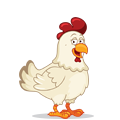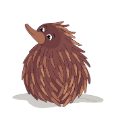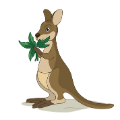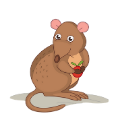Freedom from fear and distress
All horses deserve to be happy and feel safe. Caring for your horse and learning to understand his/her needs will help you identify what you need to do to prevent your horse feeling worried, upset, frightened and stressed. By doing this, you will be providing your horse freedom from fear and distress.

Did you know that there is a special law protecting animals?
This law is called the Animal Welfare Act. The Animal Welfare Act says that animals in your care must be provided with an environment and care that meets their five welfare needs.
These welfare needs are five important conditions that need to be met for animals to be healthy and happy. These five welfare needs are called the five freedoms.
One of these Freedoms is: freedom from fear and distress. In this section, you will learn about this freedom and how you can make sure your horse is receiving the love, understanding and companionship he/she needs to be free from fear and distress.




































